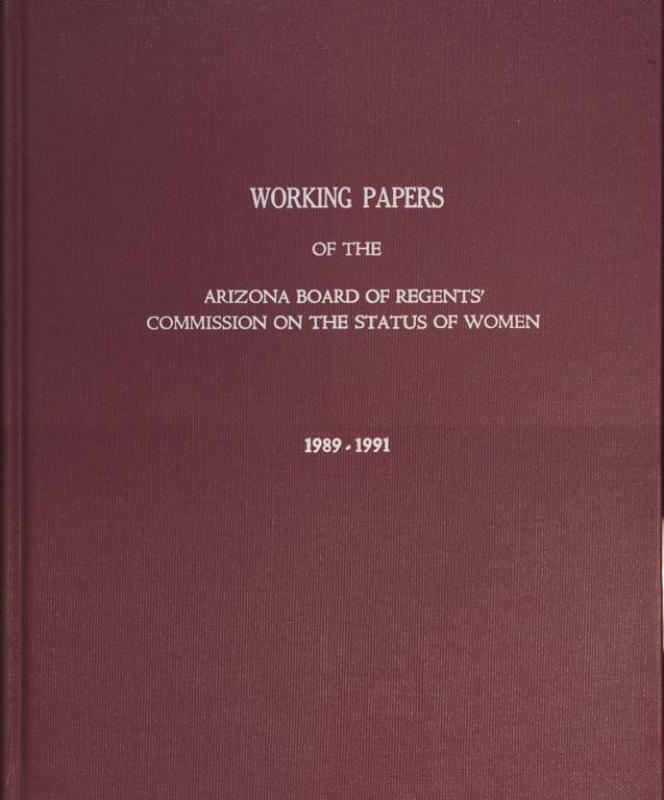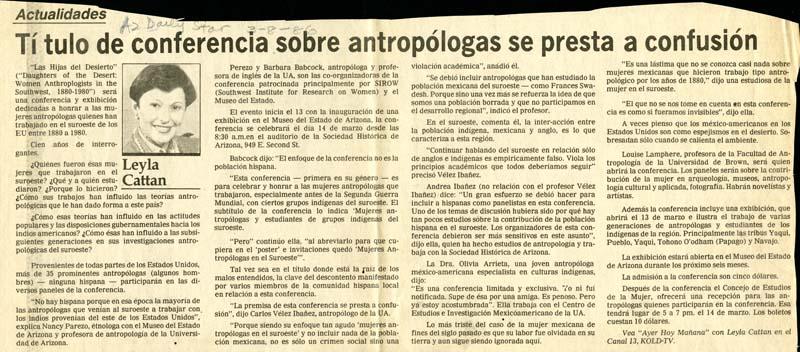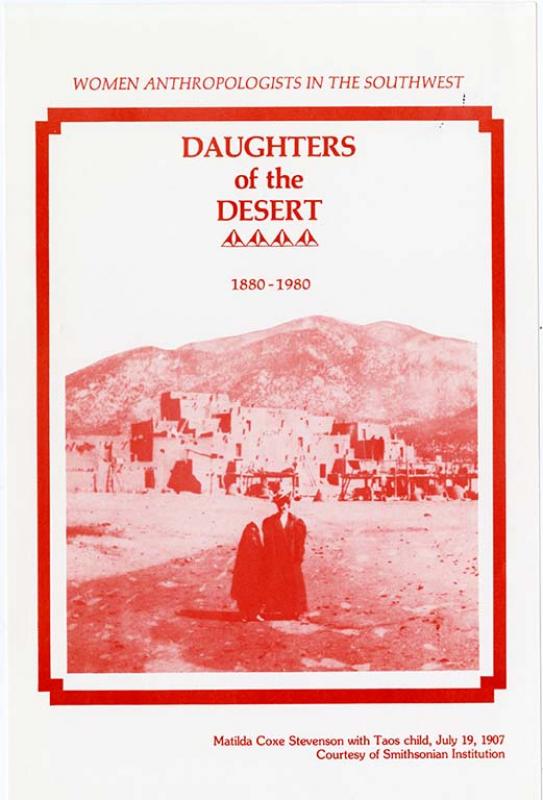Challenges
"By challenging the status quo, facilitating the voices of those who experience disparity, working with diverse groups of women, men and transgender individuals, and seeking innovative methods to improve conditions and contexts, positive changes can be made at an individual, social and structural level." SIROW mission statement[i]
Women’s studies has been faced with many challenges as it grew and became institutionalized.
- Is social change easier from within an institution or from outside?
- How does creating a department change the involvement of women faculty from departments across the university?
- How can women’s studies remain interdisciplinary?
- What creates the field of women’s studies when the issues studied and methods of scholarship vary widely?
- How well do we confront bias within women’s studies teaching, scholarship, and activism?
- How much do we hear and honor the voices of differences across women?
- How can women remain unified for social action while acknowledging our differences?
The issue of diversity has provided a lens for grappling with some dimensions of these questions. Since the beginning of the program in 1975, and still evident today, women of color are under-represented on the university faculty. Women’s Studies scholars’ work on race, ethnicity, class, sexuality, and culture moved the field to think broadly about the meaning and experience of gender in different contexts.

Working papers of the Arizona Board of Regents' Commission on the Status of Women, 1989-1991. SIROW Records (MS 518) UA Libraries, Special Collections
There is a tension created by the desire to be a united front when negotiating for change within an institution. The original Committee on the Status of University Women (CSUW) represented women “faculty, staff, and students who hoped to effect changes in the relative status of women at this University.” While these women believed that their voice was stronger if united, they had different interests depending upon their positions that, over time, encouraged splitting into separate groups of staff, academic professionals, faculty, and students. CSUW and later the Association for Women Faculty were hindered in pressing the university to remedy the systemic effects of race and ethnicity because so few women of color were hired.
Nationally, scholars challenged women’s studies to think more broadly about the concept of gender. The Lesbian Caucus of the National Women’s Studies Association (NWSA) emerged in 1976 at the founding meeting of this association. One participant recalled, “NWSA struggles harder with issues like homophobia than any other professional group; it isn’t perfect, don’t get me wrong, but they work at it."[ii] The NWSA took on racism at its 1981 annual conference looking at how barriers such as racism, class privilege, educational privilege, color, language, culture, and sexuality divide women. The record-breaking number of participants created challenges to the workshop format. In a plenary address, Audre Lorde challenged white women to confront their own racism:
To turn aside from the anger of Black women with excuses or the pretexts of intimidation is to award no one power—it is merely another way of preserving racial blindness, the power of unaddressed privilege, unbreached, intact.[iii]
Adrienne Rich linked confronting bias to activism:
Only as white women begin to understand both our obedience and complicity, and our rebellions, do we begin to have the tools for an ongoing response to racism, which is neither circular, rhetorical, nor resentful. White Women’s anti-racism, and lesbianism, have both been profound refusals to obey.[iv]
At the University of Arizona, many of the Founding Mothers of Women’s Studies were trained in disciplines, like history, anthropology, linguistics, sociology—where culture, race, ethnicity, social and economic conditions, and language were building blocks of their scholarship. They dealt with criticism within their own academic fields from white, elite men for their focus on gender and pressure from themselves and their Women’s Studies colleagues to be mindful of bias, power, representation, and inclusion in their work.
Because the scholarship of women of color and lesbian scholars was formative in shaping feminist theory, women’s studies scholars wanted to engage this scholarship and meet these women. Women of color were virtually absent from the Women’s Studies program and the UA faculty. Eliana Rivero (Romance Languages) was the only woman of color of the sixteen Women’s Studies faculty in the 1977 annual report. So Women’s Studies, like many other programs, brought Latina, African American, Native and Asian American women scholars to campus as speakers and conference presenters, researchers on SIROW projects, co-editors of books, and authors of research reports and chapters. Visiting scholars included bell hooks, Bonnie Thornton Dill, Paula Gunn Allen, Vicki Ruiz, Gloria Anzaldúa, and Dorine Kondo among others. While these efforts enabled Women’s Studies faculty to engage the work of women of color, they had a dual effect on women of color—enhancing the resumes but also asking them to do more than their share of this work.
SIROW’s regional focus strengthened the UA Women’s Studies national reputation for diversity in its curriculum, research and community engagement. SIROW projects are situated in the local context and address feminism as embedded with race, culture, and class. Examples include oral histories of low income and minority women, conferences and reports on multicultural health issues, and studies of maquiladoras (labor-intensive industries along the U.S.-Mexico border). In 1993 WISE outreach efforts brought multiple voices to girls through a career brochure and film distributed in every high school in Arizona that featured a diversity of women scientists and engineers.[v] In 2009 SIROW received the National Council for Research on Women’s inaugural Diversity and Inclusion Award for its leadership, programs, and research activities that “incorporate women of color; lesbians, bisexual, transgender; and/or differently-abled women.”[vi]

Newsclipping about "Daughters of Desert" Conference, 1986. Arizona Daily Star. SIROW Records(MS 518) UA Libraries, Special Collections

Daughters of the Desert promotional postcard. SIROW Records (MS 518), UA Libraries, Special Collections
Women’s studies approach of questioning authority and power raises issues about how research agenda are constructed, who is studied, how, and why. Although white women tried to address their own biases and privileges, women of color provided essential critiques. Bea Medicine, a Native anthropologist reviewed the conference “Western Women: Their Land, Their Lives.” She raised issues about the conference: “It was a somewhat elitist conference and there was a certain sense of patronage of minority women, due, perhaps, to our small numbers.”[vii] Women of color did not have a leadership role. The white, non-Latina plenary speakers focused on settler women’s perspectives of the land; Native and Latina women represented “the other” in panel discussions. Similarly, Leyla Cattan criticized the conference, “Daughters of the Desert: Women Anthropologists in the Southwest, 1880-1980,” because the anthropologists celebrated were white, non-Latina women.[viii] While acknowledging that women of color were not anthropologists at this time, she asked why the voices of women from the four major culture groups studied - the Pueblo, the Navajo, the Papago, and the Yaqui - and contemporary scholars who were women of color were not included.
Gender & Women’s Studies (GWS) and the organizations it created – SIROW, WISE and WOSAC – remain committed to social justice in terms of personal growth and structural change. GWS scholars’ analyses, teaching, and conversations have become more complex as race, ethnicity, social class, and sexualities are essential concepts along with gender. In their role as activists, GWS faculty affirm that criticism and dialogue are essential for meaningful engagement with local and national communities. That the problems experienced by women in the early days of Women’s Studies continue to be significant issues today demonstrates that social change takes time. These struggles for justice, voice and rights continue.
__________________________________________________________________
